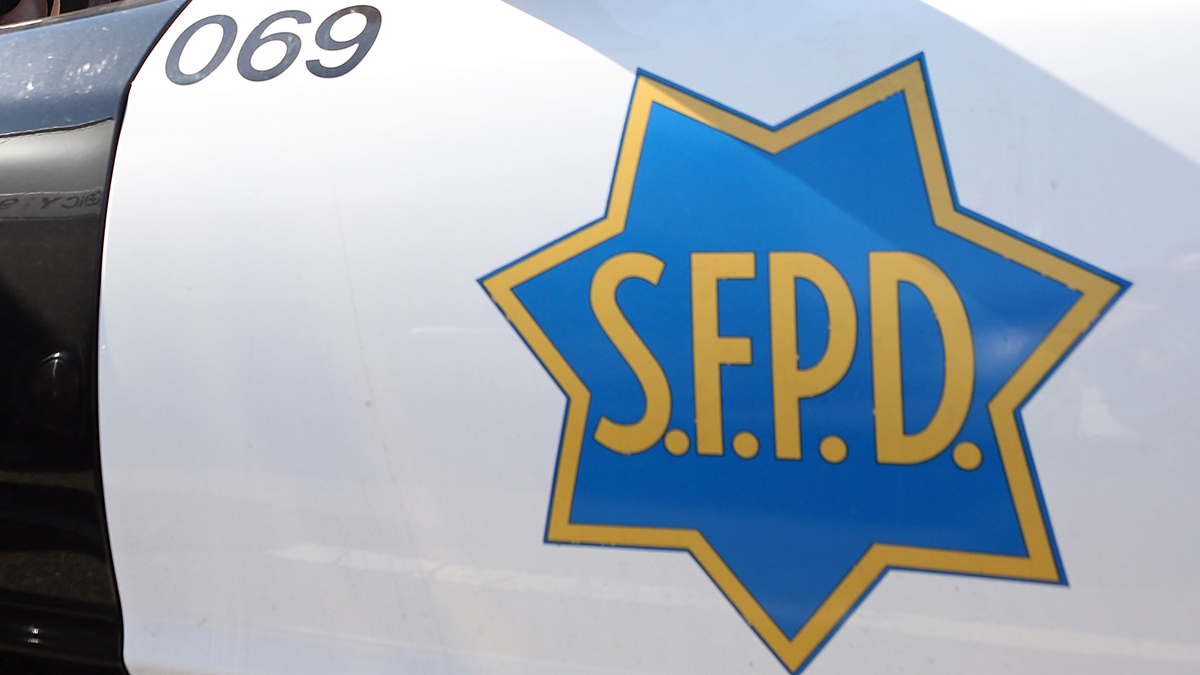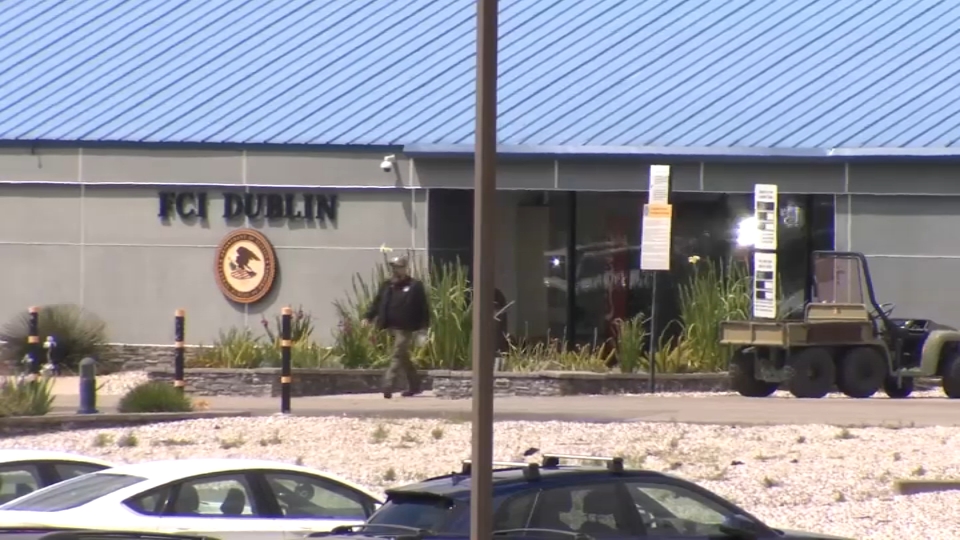What to Know
- San Francisco's first fireboats were put in service after the 1906 earthquake and fire
- The Phoenix, built in 1954, was the city's sole remaining fireboat when the Loma Prieta earthquake struck in 1989
- San Francisco now has three fireboats, including the state-of-the-art St. Francis, built in 2016
It was 5:04 p.m. on October 17, 1989, when a powerful magnitude 6.9 earthquake shook the soft soil of San Francisco's Marina District, crumpling the neighborhood's old wooden buildings like paper, and sending a cascade of splintered wood and glass into the streets.
Neighbors who were there at the time recall that something else went flying into the air in those moments: natural gas. The shaking had twisted and snapped underground gas lines, and as the smell of sulfur began to blanket the neighborhood, fire broke out at the corner of Beach and Divisadero streets and rapidly began to spread.
The fire department responded, but soon discovered another problem: The earthquake hadn't just broken gas lines. It had also broken the water pipes feeding the neighborhood's fire hydrants. As fire engines ferried in water from blocks away, and volunteers scooped up what water they could carry in paint buckets to throw on the fire, dispatchers summoned up a rarely-used resource: San Francisco's lone fireboat, the Phoenix.
The St. Francis can pump 18,000 gallons of water per minute into firehoses and water cannons — enough water to fill an Olympic-sized swimming pool in about 30 minutes. The giant pipes that pull water out of the Bay run directly through the engine room. - Spherical Image - RICOH THETA
The wheelhouse of the fireboat Phoenix still glistens with polish on its vintage woodwork and brass helm. Built in 1954, the boat remains in service, with updated engines and electronics. - Spherical Image - RICOH THETA
The wheelhouse of the fireboat Phoenix still glistens with polish on its vintage woodwork and brass helm. Built in 1954, the boat remains in service, with updated engines and electronics.
"It's basically an auxiliary water supply, a floating hydrant if you will," explained fireboat pilot Jeffrey Amdahl.
Local
Narrowly making it over a sandbar at the entrance to the yacht harbor as the tide receded, the Phoenix docked at the Marina Green and firefighters pulled hoses onto the shore. A crowd of volunteers helped them connect the hoses together and pull them two blocks down the street toward the flames. Powering up the boat's 37-year-old V12 diesel pump engine, firefighters began attacking the flames with saltwater pulled straight from the Bay.
"It basically saved the Marina District," Amdahl said.
Built in San Francisco, the Phoenix is now the city's smallest fireboat. Its bow includes a manually-operated water cannon and cast iron hose couplings branded "SFFD" in raised letters. - Spherical Image - RICOH THETA
Built in San Francisco, the Phoenix is now the city's smallest fireboat. Its bow includes a manually-operated water cannon and cast iron hose couplings branded "SFFD" in raised letters.
That day changed the course of history for the San Francisco Fire Department. Despite having two completely separate water systems, each with its own reservoirs and fire hydrants, the department learned that metal pipes are no match for the force of a major earthquake — especially in the many parts of the city's waterfront that are built on soft landfill and prone to liquefaction.
"In 1987, they were wondering why we still had fireboats, so they talked about decommissioning them at the time," Amdahl said. But after 1989, "Everybody realized, yes, we do need fireboats, and we need more than just one."
With contributions from Marina District property owners and a large anonymous donation, the department purchased a second fireboat that had been recently retired by the city of Vancouver, British Columbia. The Guardian went into service alongside the Phoenix just a year after the big earthquake. Both boats were built in the 1950s.
The engine room of the fireboat Phoenix includes this control panel complete with vintage brass gauges. The boat's third engine, used only for pumping water, is still an original 1952 Cummins V12 — one of the last of its kind still in service. - Spherical Image - RICOH THETA
The engine room of the fireboat Phoenix includes this control panel complete with vintage brass gauges. The boat's third engine, used only for pumping water, is still an original 1952 Cummins V12 — one of the last of its kind still in service.
"You just don't see boats that old on the water," said fireboat engineer Mike Shaw. Pointing out the refinished wood and polished brass in the wheelhouse of the Phoenix, he added, "It is in phenomenal (condition)."
Despite having outfitted the old boats with new engines and hydraulic water cannons, the fire department began making plans to build a modern fireboat. Those plans were finally realized when an $8 million federal grant became available.
The wheelhouse of the new fireboat St. Francis is spacious and provides operators with a 360-degree view of the water. There are steering stations on both sides, and radar for navigating at night and in bad weather. - Spherical Image - RICOH THETA
The wheelhouse of the new fireboat St. Francis is spacious and provides operators with a 360-degree view of the water. There are steering stations on both sides, and radar for navigating at night and in bad weather.
"I've been on boats all my life since 1979, and I'd never designed and built one," Amdahl said. "So, I was on the team to design this one and build it."
Admahl had spent much of his career on tugboats prior to joining the fire department, and brought what he'd learned to the table. It's no wonder, then, that the new fireboat St. Francis has a spacious wheelhouse like those on commercial tugs, with a 360-degree view of the water and steering stations on both sides. The new boat was christened on October 17, 2016, the earthquake's anniversary, in a ceremony with Sen. Dianne Feinstein.
Thirty years after the Loma Prieta earthquake, the city's three fireboats are much busier than they once were, and so is the crew at Fire Station 35 that operates them. Firefighters at that station have to receive additional training to perform surf rescues, which have become another major function of the boats. The St. Francis keeps a small motorized rescue skiff ready to lower into the water at a moment's notice, and there's always SCUBA gear on board.
The stern of the St. Francis includes a ramp for quickly deploying a rescue skiff into the water. The ramp and winch save valuable time compared to a crane, which was used to launch skiffs from the older fireboats. - Spherical Image - RICOH THETA
The stern of the St. Francis includes a ramp for quickly deploying a rescue skiff into the water. The ramp and winch save valuable time compared to a crane, which was used to launch skiffs from the older fireboats.
The boat's design also allows it to fight the types of fires that are unique to a city with an aging waterfront.
"It's all wood. Most of these structures are still wood," said Fire Department Lt. Kaeo Nacua. "This waterfront is old."
The St. Francis is built with two of its hydraulic water cannons positioned near the surface of the water and designed to shoot upward, to attack a fire burning underneath a pier.
"You need a massive amount of water underneath there," Nacua said, adding that dousing the flames from a boat can save firefighters from having to risk their lives inside a pier warehouse that's in danger of collapsing.
The view from the bow of the fireboat St. Francis as it passes under the Bay Bridge. Four of the newest fireboat's water cannons can be remotely controlled from a panel inside the wheelhouse. - Spherical Image - RICOH THETA
The view from the bow of the fireboat St. Francis as it passes under the Bay Bridge. Four of the newest fireboat's water cannons can be remotely controlled from a panel inside the wheelhouse.
As the waterfront becomes more crowded with the opening of the Chase Center and the new housing developments that surround it, Nacua said he hopes the fire department continues to pour resources into its fireboat program. The city is currently constructing a new 2-story floating firehouse that will replace the crumbling pier behind the historic Station 35.
San Francisco's historic Fire Station 35 is home to the fire department's last spiral staircase, and memorabilia including a placard from the Dennis T. Sullivan, San Francisco's first fireboat, named after the fire chief killed in the 1906 earthquake. - Spherical Image - RICOH THETA
San Francisco's historic Fire Station 35 is home to the fire department's last spiral staircase, and a wealth of memorabilia including a placard from the Dennis T. Sullivan, San Francisco's first fireboat, named after the fire chief who was killed in the 1906 earthquake.
A "fire houseboat" will rise up and down with the tides, allowing easier access to the fireboats during an emergency, and will also be more likely to survive a major earthquake — the emergency in which the boats could be needed the most.
"Our main mission is to be the hydrant system for the city," Amdahl said. "We're here for the earthquake."
[[563143411, C]]
The St. Francis can pump 18,000 gallons of water per minute into firehoses and onboard water cannons — enough water to fill an Olympic-sized swimming pool in about 30 minutes. The giant pipes that pull water out of the Bay run directly through the engine room.



